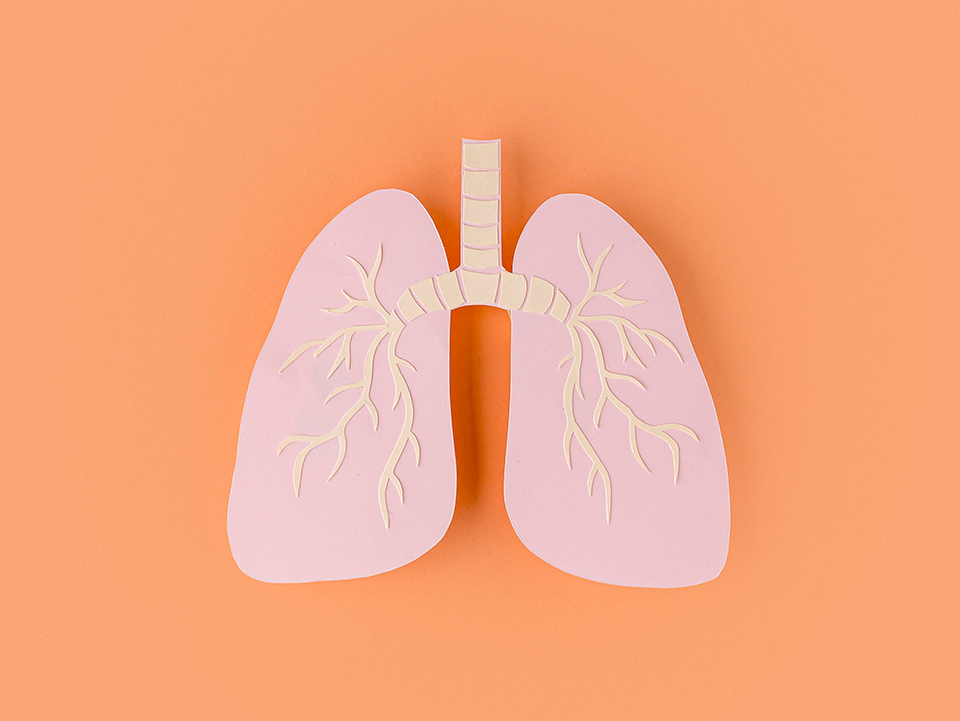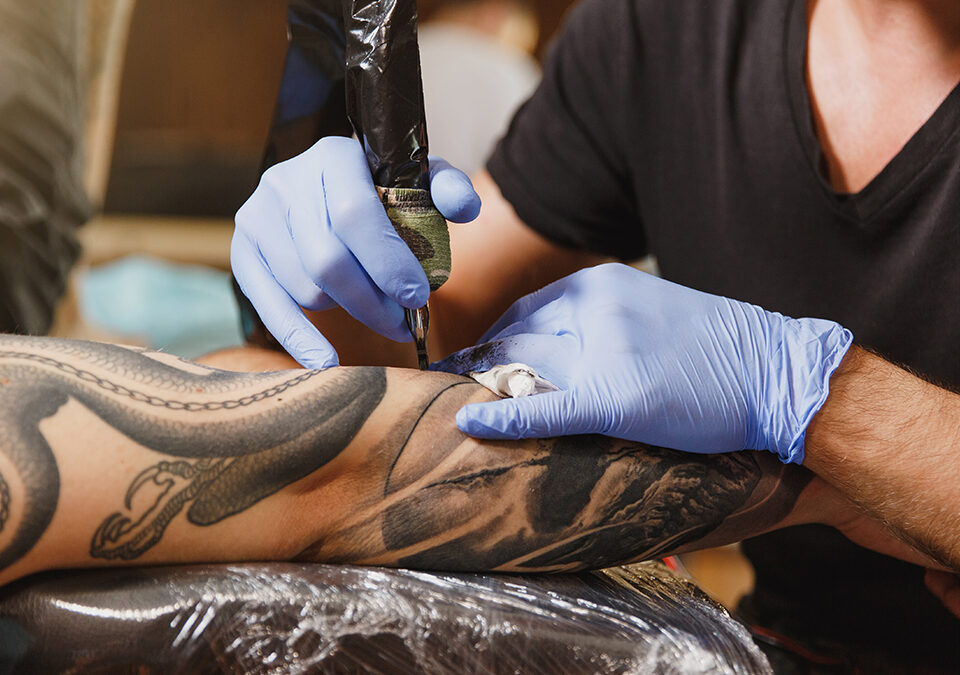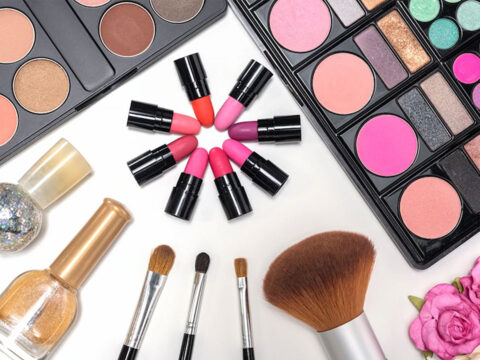
What Is Cystic Fibrosis And How Is It Linked With Diabetes?
May 6, 2022
Why Diabetes Patients Need to Worry About Eating Disorders
May 6, 2022Each tattoo tells a unique story, whether it may hold some incredible meaning or maybe just a random decision you make on a Tuesday morning.
When you successfully make that decision to get inked, the associated medical risks may not be obvious to you right away. However, if you have diabetes, getting a tattoo or piercing done may pose some unique and unforeseen risks.
According to senior endocrinologists, when you have been diagnosed with diabetes, you must surely consider the consequences of all your decisions.
Tattoos and Diabetes
Having diabetes does not necessarily mean that you cannot have a tattoo or piercing. That said, your blood sugar levels must be in the normal range before you do.
If your sugar levels are not within the target range, your tattoo or piercing may not heal on time or in the proper manner, putting you at a risk for infection. Your blood pressure, too, must be stable to avoid any complications. You may want to discuss this with your diabetes team before marching ahead to check if everything is alright.
Getting a tattoo on your body can be quite time-consuming and painful, which will cause your blood sugar levels to rise. You must ensure that you communicate with your tattoo artist about your condition and take regular breaks so that you can monitor your blood glucose levels.
To avoid extreme complications, you may keep a snack or treatments for hypoglycaemia handy.
Avoiding Certain Body Parts
When you have diabetes, it is best to avoid getting inked or pierced on certain body parts where there is a risk of poor blood circulation.
Tattoos and piercings in these body parts generally take longer to completely heal, which may pave the way for infections. These body parts include your buttocks, feet, ankles, and shins.
Moreover, you need to avoid areas where you receive your insulin shots, such as your stomach, arms, and thighs. If you are using or planning to use flash glucose monitoring, these should not be directly worn on the skin that has tattoos because this could hamper the results.
If possible, get in touch with licensed tattooists or piercers because they are properly trained and strictly follow safe, hygienic, and correct procedures.
You may also seek recommendations from excellent and competent studios or peruse through online reviews. Opting for a safe, hygienic studio is essential and important. Unclean equipment and tools can lead to infections and several other illnesses.
Practising Self Care

It is extremely vital to closely monitor your blood sugar levels after getting a tattoo or piercing. Another thing to keep in mind is to keep the area clean and well covered. These precautions will enable it to heal quickly and properly.
If you develop an infection, your blood sugar levels may rise. Consult your general practitioner right away for help, if you demonstrate any signs of infection or feel sick after getting a tattoo or piercing.
Diabetes and Tattoos Risks
To get a tattoo, the skin is pierced anywhere between 50 and 3,000 times a minute by a tattoo machine. The skin plays the role of a barrier that protects you from numerous infections. Getting yourself inked breaks this barrier. Tattoos affect the dermis (which is the skin’s second layer) because its cells are more stable in comparison with the first layer, the epidermis.
Piercing the skin at this level poses significant risks to those with diabetes. If your blood sugar levels are out of control, your immunity, too, is affected, putting you at a higher risk for infection and potential difficulties in fighting them off.
To Sum It All Up
Thus, when it comes to the question, “should diabetics get tattoos?” the answer need not always be a no, especially if the right precautions and careful measures are adopted. Hence, you need to consult your doctor first, and make sure that your blood sugar levels fall within the normal range. You also need to consider which part of your body you want a tattoo or piercing. Body parts that have low blood circulation must not be inked because they are more susceptible to infection. In addition, make it a point to visit a reputable or licensed artist because they will ensure that gloves are used throughout the process and that the needles are for single use only. Lastly, you must avoid body parts where you take your insulin shots. Exercising caution and practising self-care can go a long way in ensuring that infections are kept at bay.




